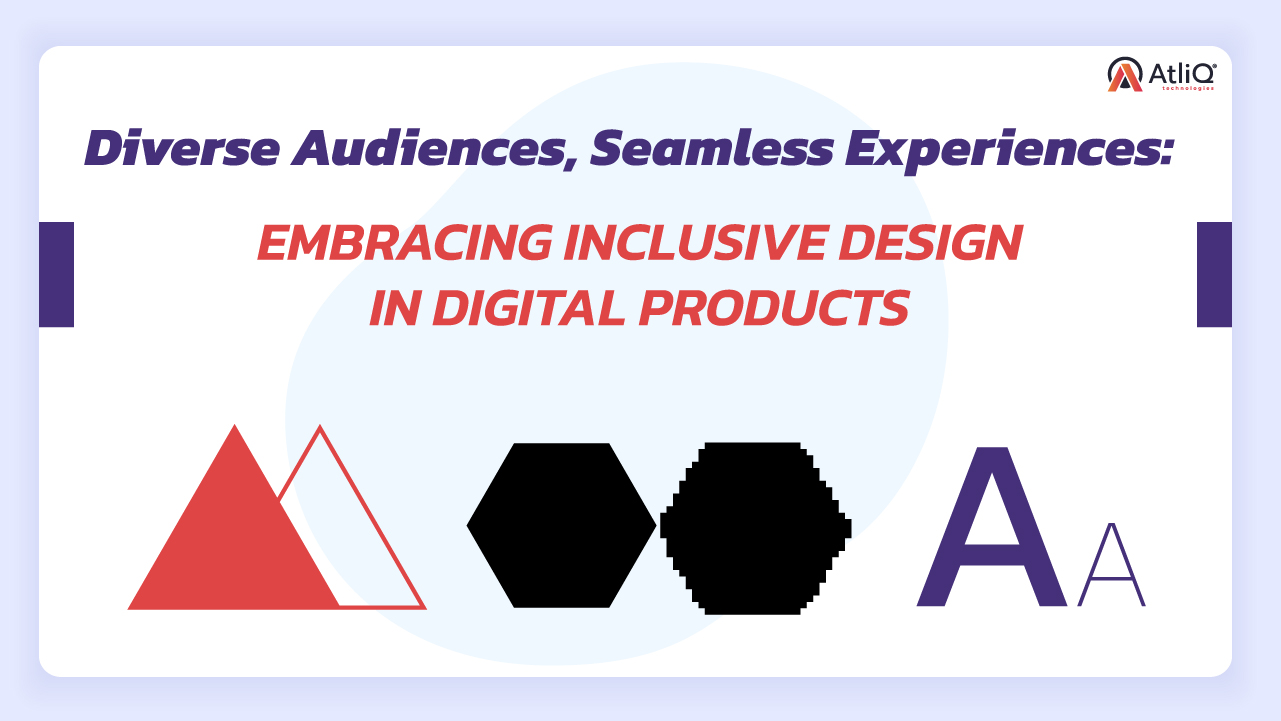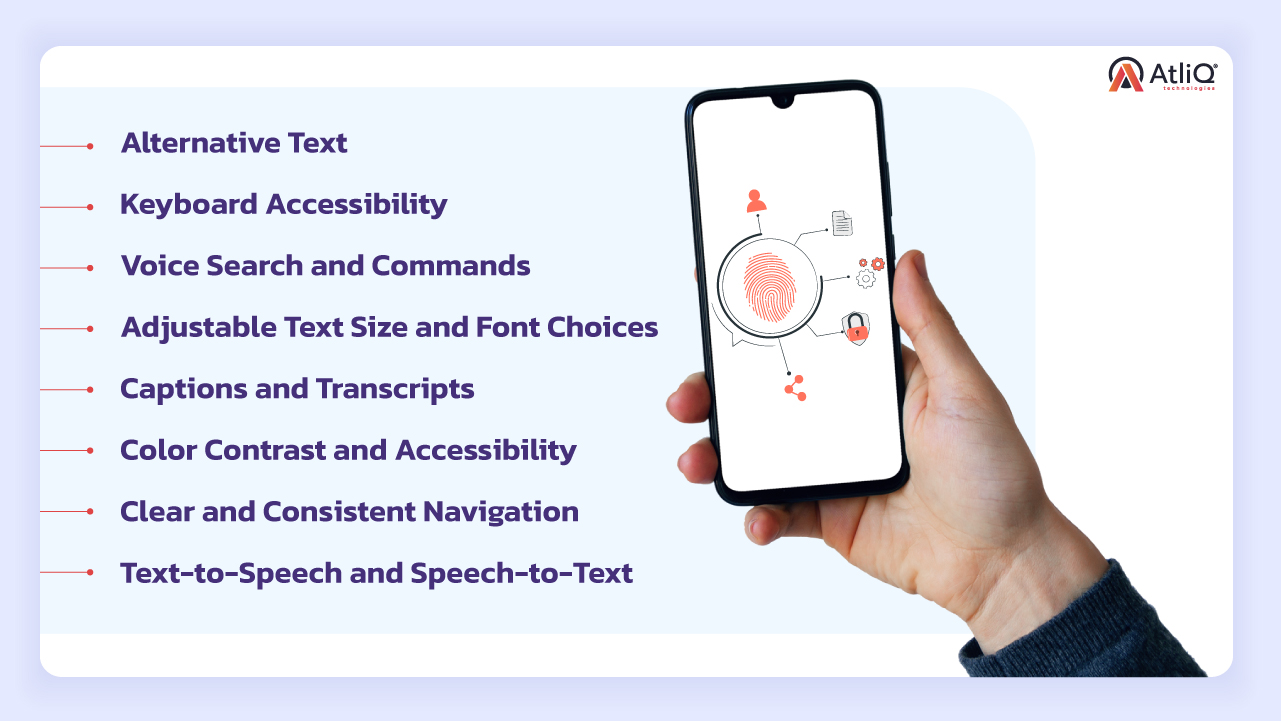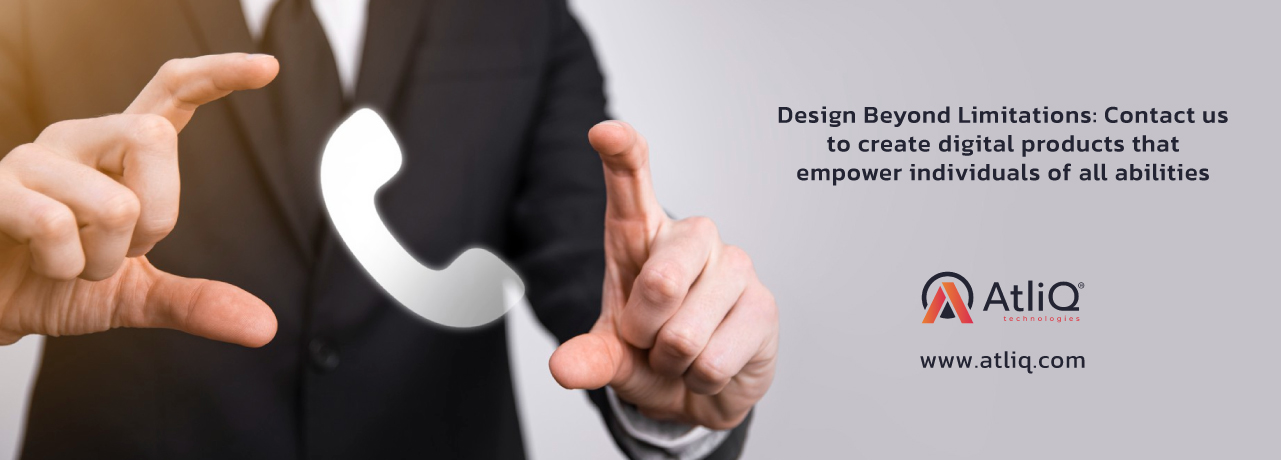
Within the enchanting realm of mobile and web apps, a spellbinding magic known as Inclusive Design unfolds. It weaves a tapestry of digital experiences that transcend barriers and embrace the rich tapestry of humanity. Like a master illusionist, Inclusive Design conjures an immersive world where every user becomes the hero of their extraordinary adventure.
Imagine a vivid dreamscape where vibrant hues and captivating visuals blend seamlessly to delight the senses of both sighted and visually impaired users. With a flick of its sorcerer’s wand, Inclusive Design paints a breathtaking tableau that transcends limitations and ignites the imagination.
In this mystical domain, interactions become a bewitching dance, choreographed to the rhythm of intuitive gestures and responsive interfaces. With a mere touch, users are transported into a captivating symphony of fluid movements and seamless navigation. No longer bound by exclusion, they explore a digital landscape where inclusion reigns supreme.
But Inclusive Design’s magic is not confined to the visual realm alone. It whispers secrets to the ears of the hearing impaired casting spells that transform sound into tangible vibrations and enchanting captions. Every video and every audio element resonates with the power of inclusion, inviting all to partake in the symphony of digital content.
What is Inclusive Design?
Inclusive Design is a powerful approach that seeks to create products, services, and environments that are accessible and usable by the range of people possible, regardless of their age, abilities, or diverse backgrounds. It goes beyond simply accommodating individuals with disabilities and aims to embrace the full spectrum of human diversity.
At its core, Inclusive Design recognizes that everyone has unique needs, preferences, and abilities. It strives to eliminate barriers and design with empathy, ensuring no one is excluded or disadvantaged. Inclusive Design considers physical, sensory, and cognitive ability & cultural, social, and economic contexts.
By adopting Inclusive Design principles, designers and creators can create solutions that are intuitive, flexible, and considerate of various user perspectives. It involves involving diverse users in the design process, conducting thorough research, and incorporating feedback to ensure that the end product meets the needs of a wide range of individuals.
Inclusive Design is not limited to specific domains like mobile apps or web apps; it can be applied to any design context, including architecture, transportation, product design, and more. Its ultimate goal is to foster equal access, participation, and a sense of belonging for all individuals in society.
In essence, Inclusive Design is a call to shift our mindset from designing for a “typical” user to designing for the wonderfully diverse tapestry of humanity, embracing and celebrating our differences while ensuring equal opportunities for all.
Why Does Inclusive Design Matter?
- Accessibility: Inclusive Design ensures that products, services, and environments are accessible to individuals with disabilities. It breaks down barriers and provides equal opportunities for participation, enabling people with visual, hearing, mobility and cognitive impairments to fully engage and navigate the digital and physical world.
- User-Centric Approach: By considering the diverse needs and perspectives of a wide range of users, Inclusive Design promotes a user-centric approach. It encourages designers to understand and empathize with the experiences of different individuals, leading to more thoughtful and inclusive solutions that address real-life challenges.
- Market Reach: Inclusive Design expands the potential user base and market reach for products and services. By catering to a broader audience, including individuals with disabilities and older adults, businesses can tap into new markets, increase customer loyalty, and drive growth.
- Innovation: Inclusive Design sparks innovation by challenging designers to think creatively and find innovative solutions to address diverse user needs. By embracing the unique perspectives and insights of individuals with disabilities, new ideas and approaches can emerge, benefiting not only marginalized communities but society as a whole.
- Ethical Responsibility: Inclusive Design aligns with the moral responsibility of ensuring equal rights and opportunities for all individuals. It advocates for social inclusion, diversity, and equality, combating discrimination and exclusion based on abilities or other characteristics.
- Legal Compliance: In many regions, some legal requirements and standards mandate accessibility in various domains, including digital platforms and public spaces. Adhering to Inclusive Design principles helps organizations comply with these legal obligations and avoid potential legal issues or discrimination claims.
- Future-Proofing: Designing with inclusivity in mind future-proofs products and services. As technology evolves and societal demographics change, the demand for inclusive experiences will continue to grow. By integrating Inclusive Design from the outset, organizations can save resources in retrofitting or redesigning later, ensuring their offerings remain relevant and accessible.
Examples of Inclusive Design
The below examples highlight how Inclusive Design takes into account the diverse needs of users and aims to remove barriers to access and participation. By incorporating inclusive features, products, and environments become more welcoming and usable for a broader spectrum of individuals, fostering inclusivity and equal opportunities for all.
- Alternative Text (Alt Text): Alt text is a textual description of an image that is provided in the HTML code. It allows individuals with visual impairments to understand the content of the image through screen readers or other assistive technologies. By including descriptive alt text, web apps, and mobile apps ensure that visually impaired users can access and comprehend the visual information conveyed by images.
Implementing alt text involves adding a descriptive text attribute to images in the HTML code. The alt text should accurately describe the content or function of the image. This way, screen readers can read out the alt text to visually impaired users, providing them with information about the image. Developers can include alt text by adding the “alt” attribute to the HTML image tag and populating it with the appropriate descriptive text.
- Keyboard Accessibility: Keyboard accessibility refers to designing web apps and mobile apps in a way that allows users to navigate and interact with the interface using only the keyboard. It is crucial for individuals with motor disabilities who may have difficulty using a mouse. Keyboard accessibility includes features such as logical tab order, focus indicators highlighting the currently focused element, and keyboard shortcuts for common actions. It ensures users can access all functionality and content without relying on mouse-based interactions.
To ensure keyboard accessibility, developers need to ensure that all interactive elements, such as buttons, links, and form fields, can be accessed and activated using keyboard input alone. Developers should test the app’s functionality using only the keyboard to ensure seamless navigation and interaction.
- Voice Search and Commands: Voice search and voice commands provide an inclusive way for users to interact with web and mobile apps using their voice. This feature benefits individuals with physical disabilities or those who prefer hands-free interaction. Users can speak commands or search queries, and the app’s voice recognition capabilities convert the spoken words into actionable input. Voice search and commands enhance accessibility and enable a more natural and convenient interaction method.
Implementing voice search and commands requires integrating speech recognition capabilities into the app. Developers can utilize speech recognition APIs provided by platforms like Google or Apple to capture and process spoken input. The app should provide clear voice prompts and offer voice command options for familiar tasks.
- Adjustable Text Size and Font Choices: Allowing users to adjust the text size and choose from different font options caters to individuals with visual impairments or reading difficulties. Users can increase or decrease the text size to a comfortable level that suits their preferences and needs. Providing a range of font choices, including options with improved readability, accommodates users with different visual abilities and personal preferences, enhancing the overall accessibility of the app.
Developers can implement adjustable text size by providing a font size control or zoom functionality that allows users to increase or decrease the text size. This can be achieved using CSS styles or through dedicated accessibility options within the app’s settings. Offering font choices can be done by including a selection of fonts that are easy to read and accessible to users with varying visual abilities.
- Captions and Transcripts: Captions and transcripts make multimedia content, such as videos or audio recordings, accessible to individuals with hearing impairments. Captions are textual representations of the spoken dialogue displayed synchronously with the media, allowing users to read and understand the content. Transcripts provide a written version of the audio content, which can be read or navigated through by users. By including captions and transcripts, web apps and mobile apps ensure that individuals with hearing impairments can fully engage with the multimedia content.
To provide captions for multimedia content, developers need to add captions as a separate track to videos or use HTML5 video elements that support captioning. Caption files, such as WebVTT or SRT formats, can be linked to the video, and the captions will be displayed synchronized with the media. Transcripts can be provided as a separate text element accompanying the media or as a downloadable file.
- Color Contrast and Accessibility: Designing with proper color contrast is essential for individuals with visual impairments, including those with color vision deficiencies. Sufficient contrast between foreground and background colors ensures that text, icons, and other visual elements are easily distinguishable. High contrast enhances legibility and readability, making the app more accessible and usable for all users, regardless of their visual abilities.
Implementing proper color contrast involves choosing color combinations that meet accessibility guidelines, such as the Web Content Accessibility Guidelines (WCAG). Developers should ensure sufficient contrast between text and background colors, using tools like color contrast checkers to validate compliance. CSS stylesheets can be adjusted to specify appropriate colors and contrast ratios for different elements.
- Clear and Consistent Navigation: Clear and consistent navigation structures and labels contribute to a more inclusive user experience. Intuitive navigation helps users understand where they are within the app, locate desired content, and move between different sections. This benefits individuals with cognitive disabilities or those who rely on predictable navigation patterns. Clear and consistent navigation elements, such as menus, breadcrumbs, and clearly labeled buttons, contribute to an inclusive and user-friendly app interface.
Developers can implement clear and consistent navigation by designing intuitive menus, buttons, and navigation bars. Labels should accurately describe the purpose and destination of each navigation element. Testing and user feedback can help identify and address navigation issues or ambiguities.
- Text-to-Speech and Speech-to-Text: Integrating text-to-speech and speech-to-text functionalities provide accessibility options for individuals with visual or hearing impairments. Text-to-speech technology converts written text into spoken words, allowing individuals with visual impairments to access and comprehend textual content. Speech-to-text technology transcribes spoken words into written text, facilitating communication and input for individuals with hearing impairments or speech difficulties. These features enhance inclusivity by providing alternative methods of accessing and interacting with the app’s content.
Implementing text-to-speech and speech-to-text functionalities typically involves utilizing platform-specific APIs or third-party libraries that provide these capabilities. For text-to-speech, developers can use APIs to convert text content into audio output that can be played using built-in audio players or assistive technologies. Speech-to-text APIs enable developers to capture spoken input and convert it into text that can be processed and utilized within the app.
Concluding,
Inclusive design plays a crucial role in creating successful digital products by ensuring that they are accessible and usable by a diverse range of individuals. By prioritizing inclusivity, businesses can expand their user reach, improve user experience, and foster innovation in product development.
AtliQ Technologies, a leading software, and mobile app development agency, understands the importance of inclusive design and is committed to building products that are accessible and inclusive. With a team of experienced designers and developers, AtliQ Technologies follows best practices and industry standards to ensure that every aspect of the product is designed with inclusivity in mind.
Additionally, we adhere to accessibility guidelines and standards, ensuring that the developed products meet the necessary criteria for accessibility. We leverage assistive technologies and adaptive strategies to provide a seamless user experience for individuals with disabilities.
Through our expertise and dedication to inclusive design, we help businesses embrace inclusive design not just as a moral imperative but also as a strategic advantage for businesses. By partnering with AtliQ Technologies, companies can ensure their digital products are inclusive, thereby fostering a more inclusive and equitable digital landscape for all.

